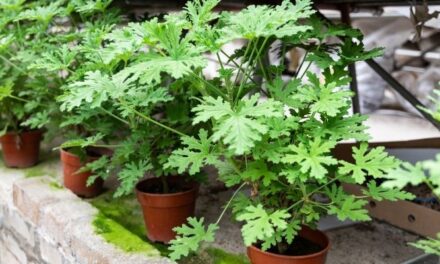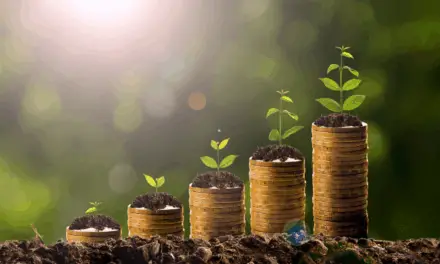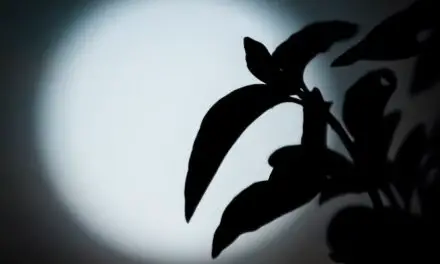Yucca plants are very adaptable plants that don’t typically require much upkeep, but there are a few things to look out for that might cause them to droop and otherwise deteriorate.
Table of Contents
Why Is My Yucca Plant Drooping?

Your yucca plant is drooping because of either overwatering, lack of sunlight, excessive sunlight, fertilizer problems, or pests.
Let’s dive into these potential issues and talk about what causes them and how to fix them.
Related Article: Why Is My Succulent Rubbery? (Explained)
Overwatering
This is the biggest cause of problems, not only for yuccas but for houseplants in general (especially cacti and succulents).
Yucca plants are desert plants, designed to thrive in environments with very little water, so you probably don’t need to water yours as much as you think you do.
If you’re growing your yucca indoors, make sure it’s planted in a pot that has at least one hole for drainage, that its soil has very good draining capabilities, and doesn’t hold onto water too much.
Instead of watering your plant on a schedule, check the soil first to make sure it’s completely dry before adding more water.
Allowing your yucca to sit in soggy soil will cause drooping and even root rot.
If you’re already seeing signs of root rot, it may be time to repot the plant in drier soil so that it can recover, making sure to cut off the parts of the plant that are rotten.
Repotting
Sometimes your yucca may begin to droop because of a lack of nutrients.
Replanting it is a great way to rejuvenate it and ensure it’s getting the nutrients it needs to grow to its full potential.
The best time for you to repot your yucca is during the milder weather, in spring or fall.
But if you have to replant in winter, be sure to protect your plant for a few weeks from cold temperatures after repotting.
And if you have to replant in summer, keep your yucca out of the hot sun for a few weeks after you repot it.
When the time comes to repot your plant, gently remove it from the old pot and use your fingers to loosen any compacted roots.
Place your yucca in a new pot that’s one size bigger and adjust the soil so it sits at about the same depth as it did in its old pot.
Fill your plant in around the roots with soil and gently pat it down to remove any air pockets.
Remember to always use fresh well-drained potting soil.
If you feel like your yucca plant is too big to repot, you can remove the top two inches of soil and refresh it with new potting soil.
It’s not as effective as repotting the whole plant but it should still help to breathe some new life into it.
Related Article: Are Succulents Evergreen? (Explained)
Lack of Sunlight
Because yucca plants are native to the desert, they need a lot of sun.
If you notice that your yucca’s leaves are drooping and you’re keeping it in a relatively shady part of the house, you should move the plant to a window where it will get more direct sunlight.
A south-facing window is a good choice.
Yuccas usually need at least six hours of full sun each day.
If sunlight was the problem, that simple move should be enough to get it back on the path to recovery.
Excessive Sunlight
On the other hand, it is possible for there to be too much of a good thing.
Sunburn isn’t generally something you’ll have to worry about much, but if you usually keep your yucca indoors and then you move it outside into direct sunlight, that can cause problems, including drooping.
If you want to move your plant from indoors to outdoors, it’s best to do it gradually, by slowly introducing more and more sunlight to the plant.
That way it can acclimate to the new situation and isn’t as likely to get sunburnt.
Begin by introducing your yucca plant to some extra less-intense morning sunlight first and then gradually expose it to the more intense afternoon sun.
Too Much Fertilizer
Yucca plants are very self-sufficient and don’t typically need much fertilizer.
Especially during the winter months, when the plant isn’t likely to do much growing anyway, adding fertilizer is more likely to harm the plant than to help it grow stronger.
Excessive fertilizer use can lead to your yucca plant drooping and it can also cause fertilizer burns, chemical buildup, browning or yellowing leaves, and other issues.
Because of this, keep your fertilizer usage to a minimum.
If you want to use it, you only need to add some once every couple of months during the growing season (April to September), and don’t use any at all during the colder months.
Pest Problems
Pests aren’t very common on a yucca plant, but they could be a cause of drooping, so if you’ve already exhausted all the other possibilities, looking for them can be helpful.
Some of the most common ones to watch out for are:
Snout Weevil
Once these little guys arrive, it’s hard to get them to go away.
They lay eggs in the stem of the plant and cause it to lean and droop.
Mealybugs
If you see waxy markings on your plant, it could be because of these critters.
Get rid of them with rubbing alcohol, insecticidal soap, or horticultural oil.
Aphids
These insects love to eat leaves. They can generally be rinsed off with some water.
Spider mites
Similar to others, these can be removed by spraying the plant with water and using insecticidal soap or oil.
Scale
These will appear as hard bumps on the plant and can be removed with tweezers or by using insecticide.
Final Thoughts
There are many reasons why your yucca plant might be drooping, but some of the most common are overwatering, sunlight, fertilizer issues, and pests.
The key to keeping your plant healthy is to notice these problems quickly and act as soon as possible to correct them.
If you do, the resilient yucca plant is likely to recover on its own and stay with you long into the future.




